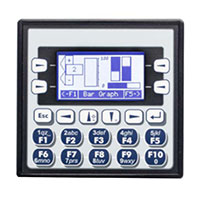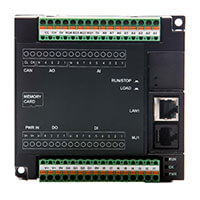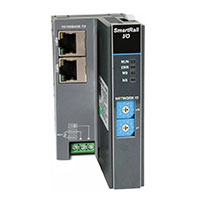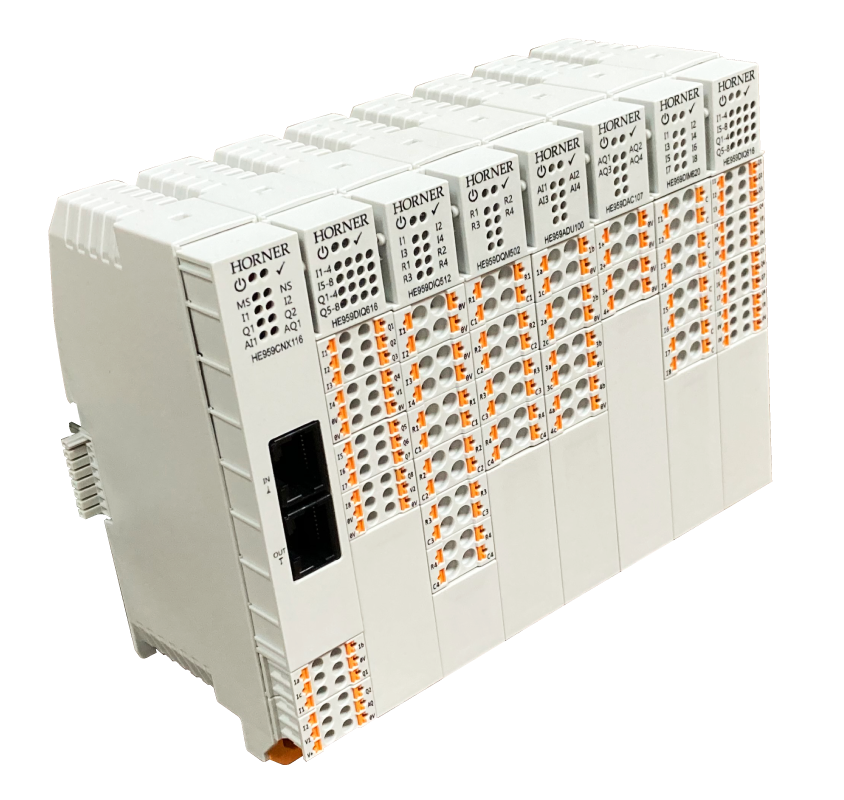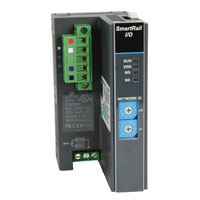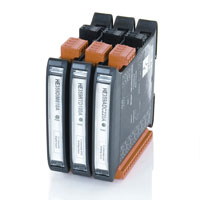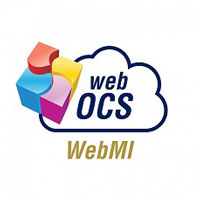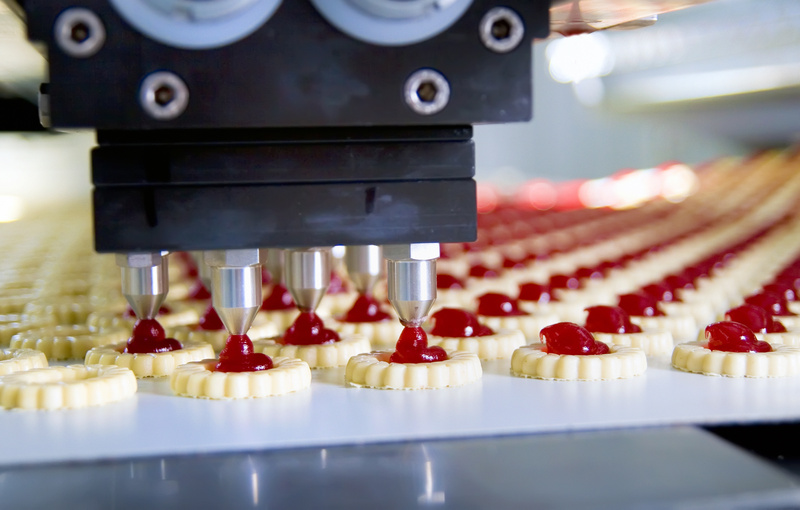The Ultimate Guide to Industrial Automation
The Industrial Revolution introduced what we think of as a factory today – a large building, lots of workers, heavy machinery. The whole system transformed from one person making something from start to finish, to lots of people working on different parts of the process.
Introducing more people into the industrial equation allowed factories to produce more parts more quickly. This process, of replacing humans with machinery, is known today as mechanization, the first step of industrialization.
Probably the most famous early example of mechanization as automation was Henry Ford’s assembly line. Rather than human workers moving from car to car to add parts as needed, the cars literally came to them. Assembly lines reduced human involvement through machinery.
Industrial automation moves beyond mere mechanization. Modern industrial automation is less about a particular factory-floor machine, and more about the technology used to control those machines. Industrial automation fills the gap between advanced automation and human operators, enabling better and more efficient control of industrial processes.
In this article, we’ll break the idea down a little further, looking at three common aspects of industrial automation. In today’s world, industrial automation encompasses far more than just some improved factory machinery. There are applications for industrial automation in sectors from farming to water control, and from energy monitoring to the food industry.
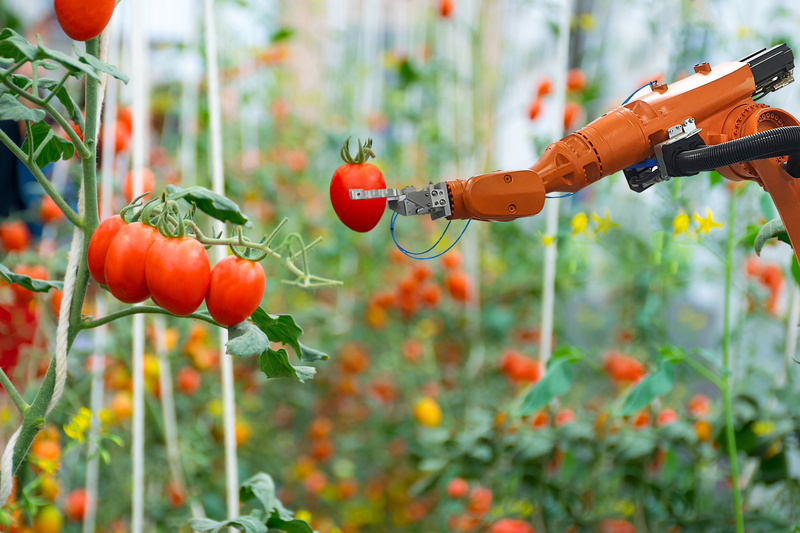
Three different types of automation
Industrial automation
As both an overarching term and a specific field, industrial automation focuses on the control and automation of mechanical processes. Modern is full of high-end machinery running everything from forges to farms; industrial automation deals with the technologies used to control all the complex machinery within each sector.
Industrial automation also pertains to human interface within that system. It’s not enough to have a high-end control system; a human operator needs to understand how to access the system and what control he or she has over it.
This idea can be broken down further into various levels of control.
- Level 0 – Intelligent machinery and manufacturing systems which gather data and automate basic functions
- Level 1 – Localized control systems; the most noteworthy example would be a PLC – Programmable Logic Controller.
- Level 2 – Supervisory Control and Data Acquisition (SCADA) systems; factory- or sector-wide oversight of manufacturing processes.
Levels 0-2 deal primarily with the conversion of raw materials to finished products; i.e., what most people think of as the traditional factory. The next two levels of industrial automation control relate to broader concepts; control of the manufacturing process beyond the factory floor.
- Level 3 – Inter-factory control systems, such as Manufacturing Execution Systems (MES).
- Level 4 – Enterprise-level applications that relate manufacturing to broader business processes. A good example might be a Customer Relations Management (CRM) system.
Industrial automation features a number of specific technologies and tools but is more about broad ideas of industrial control rather than a particular set of techniques. Industrial automation seeks to streamline and integrate high-end machinery with human oversight on every level, from the factory floor to the boardroom.
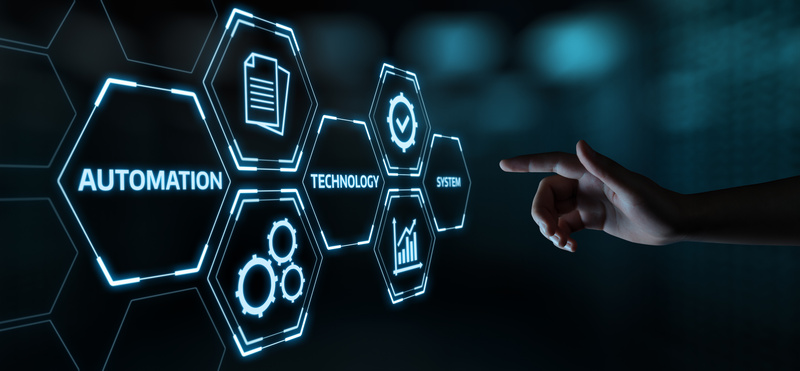
Process automation
In a typical manufacturing setting, the production of goods and services is only one aspect of the overall business. Marketing and sales bring those products to the consumers, and workflow specialists ensure the entire process runs smoothly and efficiently.
That’s where process automation comes in. Process automation deals less with the actual production of goods and more with the integration of production and consumer-end processes like sales, messaging, and marketing.
Process automation is sometimes referred to as “digital automation”; most process automation technologies introduce new software and restructure current applications to streamline processes on the digital level.
Toolsets for process automation focus heavily on user interface, allowing even untrained staff to access applications. Process-driven messaging services can bring together disparate comms system, triggering messages to go out to mobile devices at certain points in the workflow.
A key area in modern process automation is the integration of Robotic Process Automation (RPA). Robotic Process Automation uses bots to handle repetitive tasks on the information level. Transcribing meetings, adding subtitles to videos, generating bills and invoices; all of these are processes that can be automated with RPA.
Process automation carries an immense amount of potential with the integration of AI. The combination of RPA and AI can lead to near-human accuracy in areas like transcription and language processing, meaning that more and more processes will be fully automated in the future.
Building automation
Industrial settings often feature extensive environmental controls and safety features. They also require extensive and sometimes specialized lighting and larger-than-normal power requirements.
The tools designed to help facilitate the control and oversight of those systems fall into the category of building automation. Building automation seeks to use energy more efficiently and thereby reduce energy consumption and operating costs.
The challenge with a building automation system is to harmonize a number of different parts. Distributed control systems are used to link HVAC systems to lighting and emergency backups to ventilation systems.
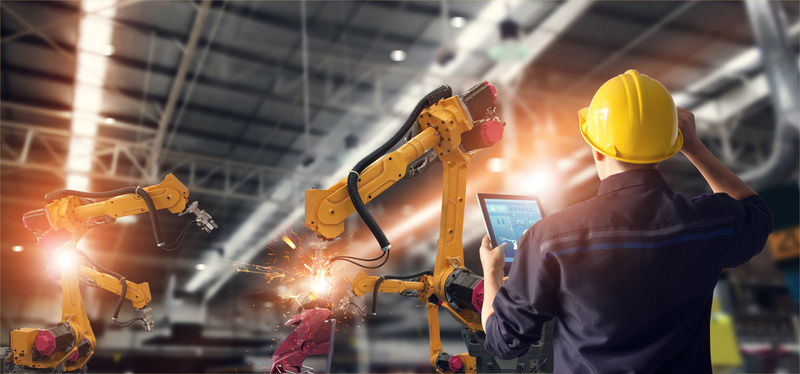
Real-world examples of industrial automation
What does industrial automation look like in the real world? What sort of impact does it have? Here’s a scenario showing the impact of automation.
The task:
Heat an oven to a desired temperature, insert test samples, hold the oven at specified temperature for a set length of time, cool down and remove samples.
Manual operation:
Without any industrial automation, an operator would need to set the desired temperature; adjust fuel or energy flow to hold the oven at that temperature; insert the test samples; record the length of time the samples were in the oven; remove the samples.
With industrial automation:
With the proper tools, the entire process can be handled automatically. The operator need only be present to insert and remove the samples – and even that part can be handled through advanced robotics if necessary.
Applications by Sector
Industrial automation applies to a huge variety of industries and sectors. Here’s a shortlist of some of the situations that benefit from appropriate automation technology:
- Energy monitoring
- Farming
- Boiler control
- Water treatment
- Food industry
- Water flow control
- Quality control
Of course, there’s also the more traditional industrial fields of manufacturing and engineering, but industrial automation has potential for fields far beyond the factory floor.
Looking more closely at a few of the different sectors is a good way to see how industrial automation applies in the real world.
- Energy monitoring
Knowing your annual energy consumption is one thing; knowing exactly how much energy is going where, when, and to which machines is a different matter entirely. Good energy monitoring devices will break usage down into averages, peaks, frequency, and a host of other statistics. Depending on the exact device, users can monitor power use from a central point or directly from a screen on one of the control modules.
In the real world, this means that widely-dispersed networks, even remote pumping stations, can have their energy use monitored from a central location. Engineers can design a system to their specifications, programming alerts for particular usage patterns or warning signs. Mapping energy use not only delivers an accurate picture of the costs involved, but it also can alert a user to potential problems.
- Food production
While food production may not seem like an industry given to high levels of automation, there are a number of situations in which the ability to automate and control every aspect of the process is ideal.
A bakery serves as a good example. When OCS units are applied to the right machinery, almost every aspect of the baking process can be controlled – from the amount of the ingredients in industrial mixers to the length of time baking in professional ovens. The entire process can be fully automated, and every aspect controlled, monitored, and even programmed in advance.
- Water treatment
Modern water treatment processes rely not only on centralized plants, but also on isolated, sometimes remote pumping stations. With industrial automation technologies, those isolated stations can be outfitted with control units that allow remote monitoring and on-site debugging via touch screens. An engineer in charge of troubleshooting a faulty pump can rely on having the necessary diagnostic equipment on-site, saving time and effort and streamlining the entire troubleshooting process
Communications with different on-site OCS units can be handled with ethernet connections or radio or GPRS technologies, allowing for even remote sites to be connected to a broader system.
Automation doesn’t simply refer to mechanizing simple tasks; automation also applies to the monitoring and troubleshooting aspects important to a variety of sectors.
Common industrial automation tools
Most industrial automation processes rely on basic automation controls and principles. The first step is the equipping of individual elements of an industrial process with Operator Control Station (OCS) units. In the water treatment example above, you would find OCS units on individual pumps, or perhaps on separate pumping stations.
OCS units are equipped in the design of a Supervisory Control and Data Acquisition (SCADA) system. As the name implies, a well-designed SCADA system allows the oversight of tens or even thousands of individual components from a centralized location. They also allow for the integration of Graphical User Interfaces (GUIs) to provide more user-friendly control.
In other words, SCADA is both a tool (or set of tools) and a technique, integrating GUIs, OCS units, and Programmable Logic Controllers (PLCs) to allow extensive automation of a given sector or process. By design, SCADA is flexible and can be designed to fit nearly any scenario, from the complete automation of a single industrial bakery to the integration of a network of remote pumping stations.
SCADA can be broken down into several tiers.
Level 0 – Devices in the field; temperature and flow sensors, valves and nozzle controls, etc.
Level 1 – Input/output (I/O) devices and electronic monitors associated with them
Level 2 – Central computers which collect information from the field devices through device monitors, and display it on OCS units.
Levels 3-4 concern broader production scheduling and output, rather than direct device monitoring.
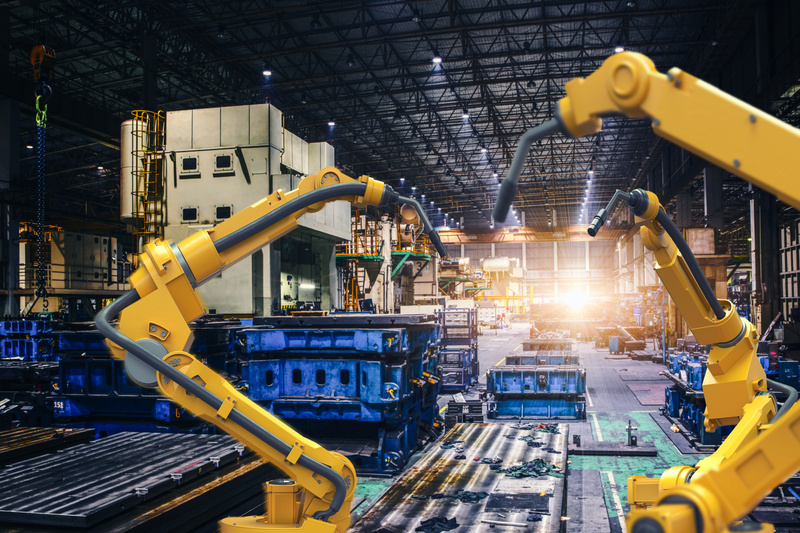 Benefits of industrial automation
Benefits of industrial automation
With the broad outlines of industrial automation techniques laid out above, let’s look at some of the benefits Industrial automation provides.
Productivity
In true industrial settings, automation allows fewer human workers to produce more goods more efficiently. Poor machinery and gaps in the workflow can be identified more quickly, keeping productivity high.
Efficiency
Automation uses defined processes within specified parameters. It reduces human error while increasing human oversight. Industrial automation also helps engineers identify potential problems earlier and troubleshoot them more easily.
Quality
Automation allows a far greater degree of quality control than was previously possible, since the number of variables that can be controlled have also increased.
Safety
The reduction in the number of human workers involved in a process leads to improved safety rates. Dangerous work procedures can be fully or partially automated, reducing the risk of accidents. And many problems can be identified early, before they become dangerous, and alarms programmed to go off and designated points.
Conclusion
Industrial automation offers a host of benefits for businesses within and without the industrial sector. Few technologies have the potential to transform business in the same manner.



